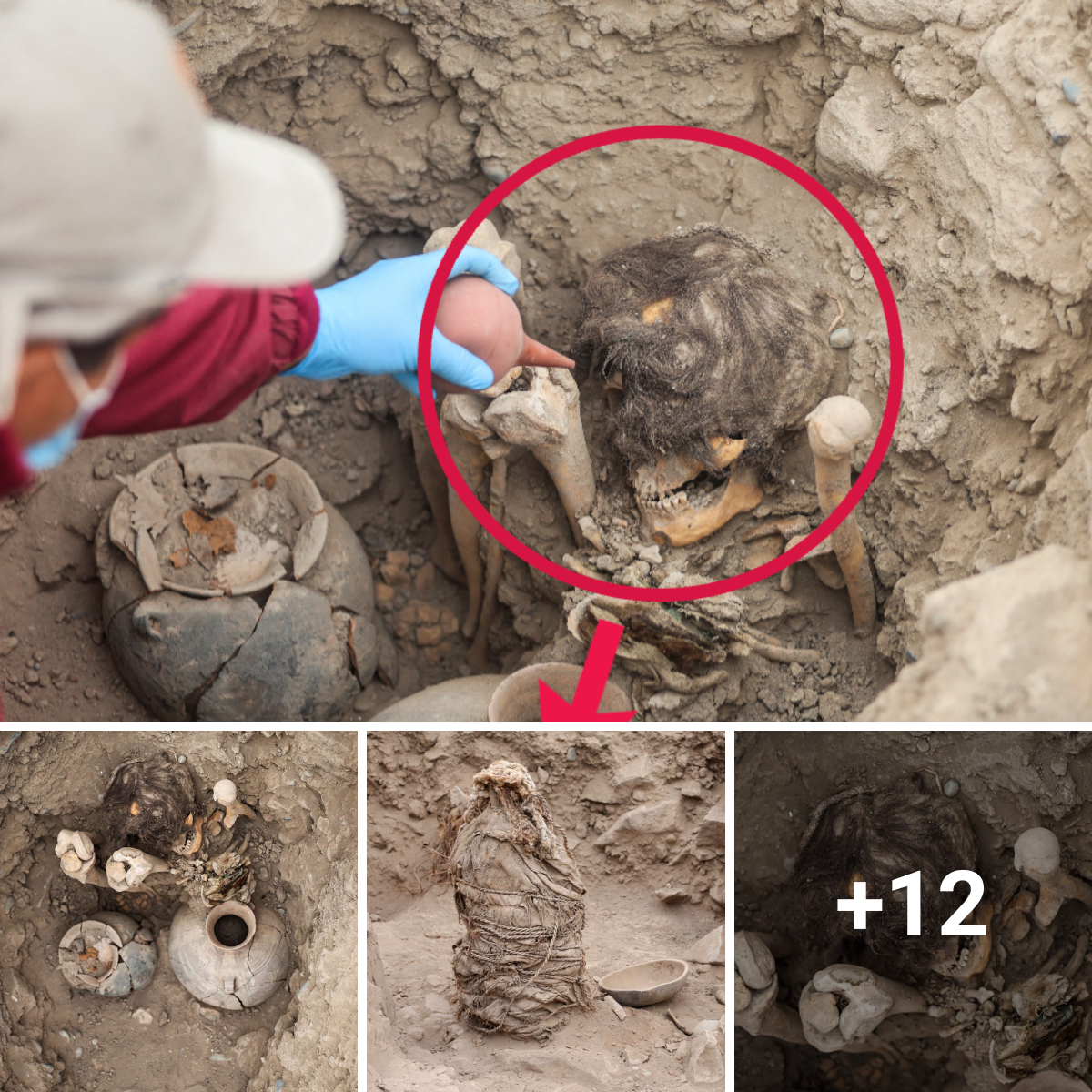Nestled within the medieval Church of St. Gregory in Zejtun lies a hidden gem that defies expectations. Despite its unassuming exterior and interior, this church holds a secret passageway concealed within the double walls of its chapel, accessible through a door in the sacristy.

After being used for centuries to receive signals from St. Lucian’s Tower and St. Thomas’s Tower, in the nineteenth century it appears to have been turned into a skeleton hideaway. There are 92 of these skeletons. Scientific research into some of these skeletons has given the impression that the remains belonged to people fleeing the Turks in the seventeenth century.
The research was conducted by archaeologist and bone expert of the Superintendence of Cultural Heritage Debra Camilleri. She found that these skeletons belonged to several people who died between the end of the 15th century and the middle of the nineteenth century.
In an interview on TVAM on TVMnews +, Debra Camilleri said that most of these skeletons were female, but not all of them were Maltese.
Further analysis also found that many of them had died a natural death and lived a life of hardship.
The President and founder of the Wirt iż-Żejtun association, Architect Ruben Abela, said that with the help of Heritage Malta and the Superintendence for Cultural Heritage, the Association was able to see what science had to say about a story that until a few years ago was just a legend.
“”In 2018 we applied for SIS funding, a small initiative scheme, administered by the Malta Council for Volunteering in order to obtain funding for this scientific analysis.”
Architect Abela said the next step is to perform DNA tests on these skeletons, to determine if these skeletons belonged to the same family or families that were probably noble families.
The bones that are believed to have been hidden in this passage in the nineteenth century may have been in a private chapel of the Bonici family which was demolished during the same period and where burial took place.






